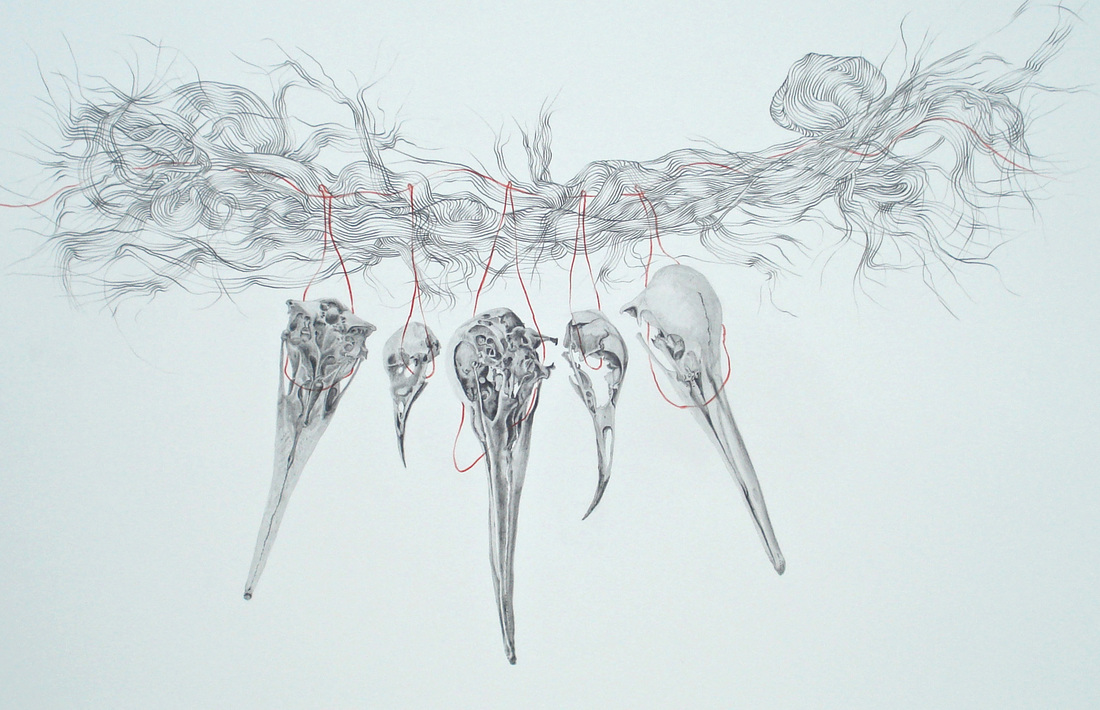
Though it was the initial holotype, there were indications that it might not have been from the same animal as the body fossils. It is currently located at the Natural History Museum of Berlin.

The initial discovery, a single feather, was unearthed in 1860 or 1861 and described in 1861 by Hermann von Meyer. All of the fossils come from the limestone deposits, quarried for centuries, near Solnhofen, Germany.

Over the years, twelve body fossil specimens of Archaeopteryx have been found. Main article: Specimens of Archaeopteryx Timeline of Archaeopteryx discoveries until 2007 Archaeopteryx seemed to confirm Darwin's theories and has since become a key piece of evidence for the origin of birds, the transitional fossils debate, and confirmation of evolution. The type specimen of Archaeopteryx was discovered just two years after Charles Darwin published On the Origin of Species. Because these feathers are of an advanced form ( flight feathers), these fossils are evidence that the evolution of feathers began before the Late Jurassic. Most of these eleven fossils include impressions of feathers. However, in recent years, the discovery of several small, feathered dinosaurs has created a mystery for palaeontologists, raising questions about which animals are the ancestors of modern birds and which are their relatives. Despite variation among these fossils, most experts regard all the remains that have been discovered as belonging to a single species, although this is still debated.Īrchaeopteryx was long considered to be the beginning of the evolutionary tree of birds. Over the years, ten more fossils of Archaeopteryx have surfaced. That same year, the first complete specimen of Archaeopteryx was announced. It was named from a single feather in 1861, the identity of which has been controversial. Thus, Archaeopteryx plays an important role, not only in the study of the origin of birds, but in the study of dinosaurs. These features make Archaeopteryx a clear candidate for a transitional fossil between non-avian dinosaurs and birds. In particular, they shared the following features with the dromaeosaurids and troodontids: jaws with sharp teeth, three fingers with claws, a long bony tail, hyperextensible second toes ("killing claw"), feathers (which also suggest warm-bloodedness), and various features of the skeleton. Despite their small size, broad wings, and inferred ability to fly or glide, Archaeopteryx had more in common with other small Mesozoic dinosaurs than with modern birds. Similar in size to a Eurasian magpie, with the largest individuals possibly attaining the size of a raven, the largest species of Archaeopteryx could grow to about 0.5 m (1 ft 8 in) in length. Īrchaeopteryx lived in the Late Jurassic around 150 million years ago, in what is now southern Germany, during a time when Europe was an archipelago of islands in a shallow warm tropical sea, much closer to the equator than it is now.

Older potential avialans have since been identified, including Anchiornis, Xiaotingia, and Aurornis. Between the late 19th century and the early 21st century, Archaeopteryx was generally accepted by palaeontologists and popular reference books as the oldest known bird (member of the group Avialae). The name derives from the ancient Greek ἀρχαῖος ( archaīos), meaning "ancient", and πτέρυξ ( ptéryx), meaning "feather" or "wing". Primeval Bird), is a genus of avian dinosaurs. 'old-wing'), sometimes referred to by its German name, " Urvogel" ( lit. (Dames, 1897) Peteronievics vide Petroneivics & Woodward 1917Īrchaeopteryx ( / ˌ ɑːr k iː ˈ ɒ p t ər ɪ k s/ lit. (Owen 1862 vide Woodward 1862) Owen 1862 vide Brodkorb 1863 nomen rejectum Owen 1862 vide Woodward 1862 nomen rejectum Wagner, 1862 vide Woodward 1862 nomen rejectum


 0 kommentar(er)
0 kommentar(er)
